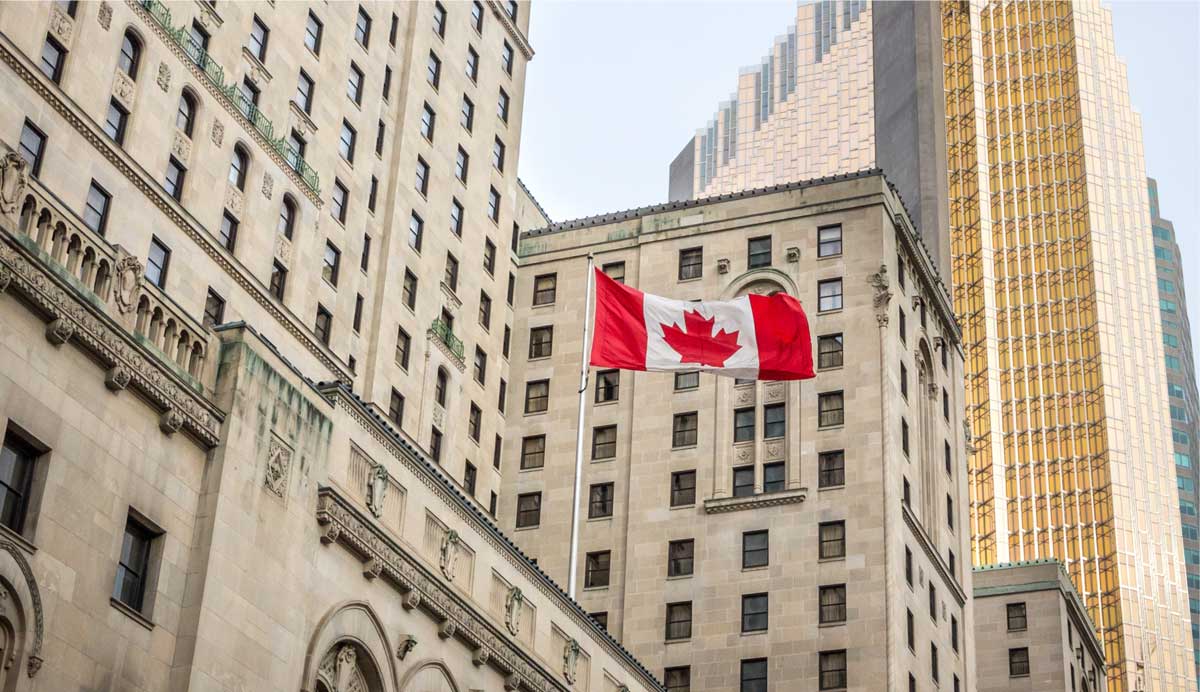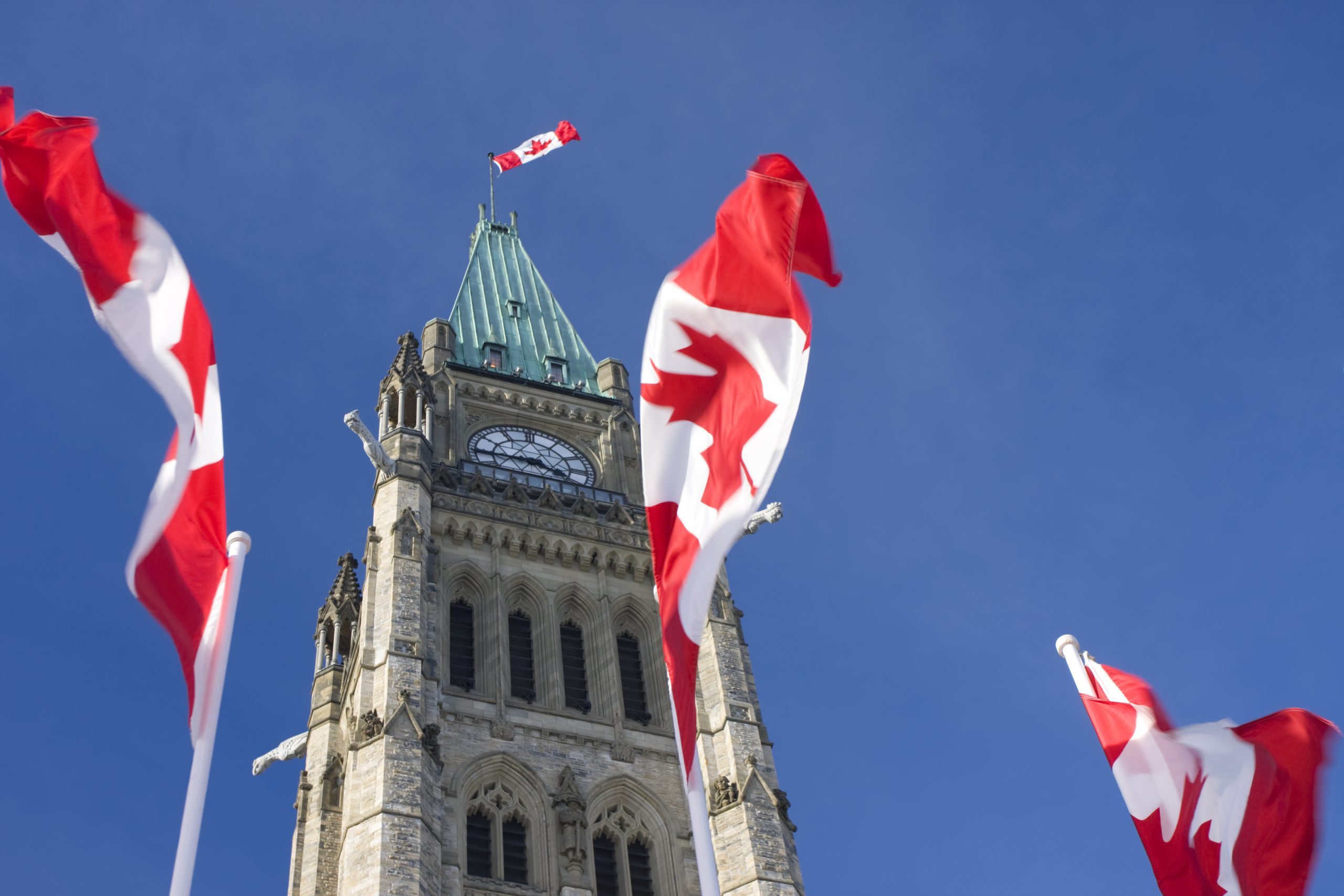5 tips for saving up to $500 a month
Cash flow. You most likely wouldn't say no to turning it up. However, depending on where you are on the pay grid, or if you are retired, it’s not as simple as just turning up the tap (although wouldn’t that be nice?).
(Reading time: 3:00)
What if we told you that you likely already have that extra cash flow kicking around?
No, we’re not talking about the coins between your couch cushions or under your car seat. We’re talking serious money that you’re practically giving away without even realizing it.
Here are 5 cost-cutting ways to increase your cash flow by as much as $500 a month:
Tip #1: Negotiate your banking fees – Potential Savings = $15/month*
According to the Canadian Banker’s Association, 48% of Canadians pay an average of $15 a month in banking fees. Annually, that’s $180 you’re paying just to access YOUR money!
When is the last time you checked to see how much your bank is charging you in monthly fees?
Remember, your bank is just another type of business—so don’t be afraid to negotiate. Be friendly but firm. If they want your business, they’ll be flexible enough to work with you towards lowering or eliminating fees altogether. If they don’t, then it’s time to find a new bank.
Tip #2: Review the interest rates on your debt – Potential Savings = $45/month*
The latest numbers from Statistics Canada states that the average Canadian holds approximately $3,745 in credit card debt.
Now let’s say you hold roughly the same amount on your credit card(s). If you’re paying the average credit card interest rate of 19%, you’re looking at a minimum payment of $57.08 per month (assuming you’re only making the minimum payment).
That’s where shopping around for a low-interest loan to consolidate high-interest credit card debt can provide you with further monthly savings. For example, an unsecured line of credit at just 3.85% would reduce the minimum monthly payment on that $3,745 from $57.08 to $11.92. That’s savings of $45.16.
Naturally, the higher your debt load, the higher the savings potential by consolidating that debt into a low-interest loan or line of credit.
Tip #3: Cut down/cut out your daily ‘double double’ – Potential Savings = $51/month*
For the majority of us, our daily cup of java from our favourite coffee house is as essential to being Canadian as being overly polite—or finishing sentences with “eh”, eh?
In fact, according to the Coffee Association of Canada, 65% of adult Canadians drink coffee ‘to-go’ on a daily basis. If you factor in the average cost of that drive-thru cup of coffee is $1.65… and multiply that by 30 days (sometimes 31) in a month.
That equals $49.50 to $51.15 in savings.
Tip #4: Slim down on your TV cable package – Potential Savings = $100/month*
Of all the channels included in your TV package, how many do you actually watch?
As an educator, do you even have time to watch TV? If you’re retired, you most likely have places to go and things to do rather than stay in and watch the tube.
However, the latest Canadian Communications Monitoring Report states Canadians are spending (on average) $200 a month on their cable and Internet packages. With online streaming services giving cable TV a run for their money, perhaps you should consider slimming down or eliminating your cable TV package altogether.
It could potentially cut your monthly bill in half.
Tip #5: Curb your spending enthusiasm at the mall – Potential Savings = $292/month*
Finally, the biggest potential for monthly savings is a place that is a guilty pleasure for students and teachers alike: the mall.
Numbers from a Statistics Canada study show that Canadians spend approximately $3,503 just in clothing and accessories annually (we also spend an additional $11,891 in transportation, $8,109 on food, and $1,108 in miscellaneous expenses annually according to the same study).
If you’re spending the same amount as the national average, by simply cutting out excess clothing purchases, you have the potential of saving $292 a month.
Maximizing your monthly cash flow all starts with sitting down and writing out your budget.
It’s a simple concept that can truly have an enormous impact on the way you spend and SAVE going forward.
Need a little guidance? That’s what we’re here for.
With over 45 years of helping education members with their finances, we can help you to uncover ways to spend less and save more—then put together a customized financial plan to work towards your specific dreams and goals.
Have one of our financial specialists contact you about maximizing your monthly cash flow.
Or click here to get started on your budget now.
*Examples are for illustrative purposes only. Actual savings would vary on an individual basis.


